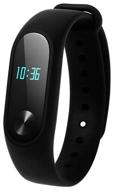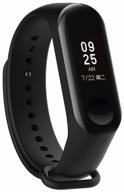
Review on Enhanced SEO: Sigma 24mm f/1.4 DG HSM Art Lens for Nikon F - Optimize Visibility by Jonathan Abreu

Almost five stars but inconsistent focus
Almost 5 stars The Sigma 24mm f1.4 Art is a superb lens, sharp and well built. I also have Art 20mm f1.4 and 14mm f1.8 lenses. In my experience, you should definitely have a Sigma USB Dock. None of these three lenses focused right out of the box, and the 20mm was the worst of the three. And you really need a focus target like LensAlign or something like that. In my experience, Sigma Art lenses aren't really calibrated to a standard, so it's important to use the Sigma optimization software and calibrate a new lens at each of the distances listed in the software. Setting it to infinity is the hardest part. I found a distant object outside that had enough detail to check sharpness. But without a focus dial, I found that manually adjusting the focus while looking through the viewfinder helped me determine if the lens was front or back focused. This may seem like a lot of work, but I've found that these settings carry over to other Nikon cameras after calibration. Once set up on a camera body with a USB dock, I can use the lens on other Nikon bodies. However, with any new body, it's still important to use autofocus to fine-tune to get the focus right for that body. Fine-tuning autofocus can be more important with these lenses due to their shallower depth of field. My main reason for buying these fast prims are shooting stars which have the benefit of 2 or almost 2 extra light stops. I can shoot at a much lower ISO, resulting in much less noise, and I no longer have to superimpose stars to reduce noise. I've used a Nikon 14-24mm f2.8 in the past and while amazingly sharp even compared to Sigma Primes, f2.8 is too slow for astrophotography. So what don't you like? First you need to calibrate the lens itself. In all the testing I've done, I've also found that Sigma lenses don't focus as consistently as Nikon lenses. I could see this visually in a number of test shots I took and it was even more evident when using the FocusTune software in combination with a LensAlign target. When FocusTune analyzes a series of recordings, it creates a graph of the variations in the test group. Many Sigma tests had unexplained runaways or wild shots. Even at their best, Sigma lenses had larger groups than Nikon lenses. Weather protection isn't very good either. Of the three lenses I own, only the 14mm f1.8 has a flange seal and all have been purchased since July 2017. On a trip to the southwest, I also noticed that a small grain of sand had gotten into the focus ring. from 20mm f1.4. I felt a roughness as I rotated the focus ring. Luckily I saw a tiny piece of sand and was able to remove it with a brush and compressed air. In terms of astrophotography, I can't say that the 14 and 20 have less coma compared to other lenses like the Nikon 14-24mm. The stars in the corners in particular take on an interesting shape, especially the 20mm, but I like them because their shape reminds me of an alien spaceship. The FX angles at 14mm and 20mm are decidedly soft when shooting wide open and only get sharp at f8 or even f11, at the cost of sharpening in the middle. You also encounter diffraction limitations with these apertures. My only real gripe with this lens and others is focus consistency. I find that I have to manually recheck focus when focus is particularly important when the aperture is wide open.
- Great construction
- Crumpled packaging
New products
Comments (0)
Top products in 👓 Lenses
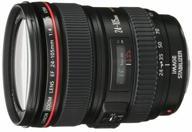
Canon EOS SLR Camera Lens EF 24-105mm f/4 L IS USM

124 Review
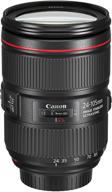
Black Canon EF 24-105mm f/4L IS II USM Lens - Model 1380C002

78 Review

Canon EF 40mm f/2.8 STM Lens - Fixed Black (6310B002) for US Cameras

76 Review
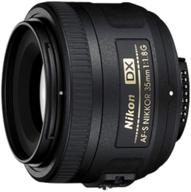
Nikon 35mm f/1.8G Auto Focus Lens for Nikon DSLR Cameras - Black (Model 2183)

125 Review




